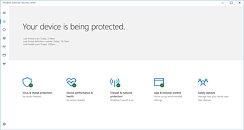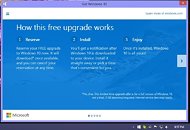CHERI Alliance Launches with Major Partners Like Google to Address Hardware-Level Cybersecurity
The CHERI Alliance CIC (Community Interest Company) today announced its official launch and the expansion of its membership, welcoming Chevin Technology (UK), Critical Technologies (USA), the Defence Science and Technology Laboratory (DSTL, UK), Google (USA), Light Momentum Technology Corporation (Taiwan), National Cyber Security Centre (NCSC, a part of GCHQ, UK), Parvat Infotech (India), SRI International (USA), TechWorks (UK), Trusted Computer Center of Excellence (USA), the University of Birmingham (UK), and the University of Glasgow (UK) as founding members.
Founded to unite hardware security leaders and system developers, the CHERI Alliance aims to establish CHERI (Capability Hardware Enhanced RISC Instructions) as the new standard for memory safety and scalable software compartmentalization.
Founded to unite hardware security leaders and system developers, the CHERI Alliance aims to establish CHERI (Capability Hardware Enhanced RISC Instructions) as the new standard for memory safety and scalable software compartmentalization.


















